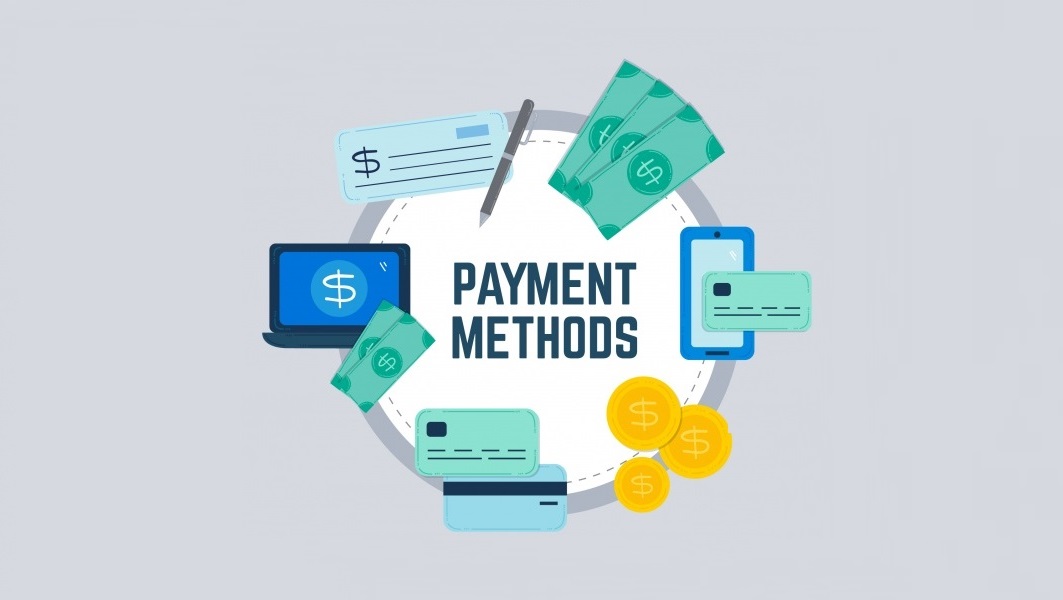The subscription business model has become more popular than ever before, from publications and utility services to software and digital services. As a result of the benefits of recurring payments, subscription payment service models have become more popular. Recurring payments are growing in popularity because they help both companies and consumers. Payments are made on time, and expenses connected with payment delays are avoided on the one hand for company owners. On the other hand, customer invoices don’t need to be opened and acted upon every billing cycle. Customers will avoid late payment penalties by having their cash routinely deducted from their accounts when a recurring payment system is in place. However, there is more to the recurring payment system than just automating the payment process. Using this tutorial, you’ll learn how recurring payments operate and how they might help your company.
What is a recurring payment?
Customer authorisation allows the merchant to automatically withdraw payments from their bank accounts for the products and services they supply regularly. Once clients agree, the money will be automatically debited from their account at predetermined intervals until they withdraw their consent or the subscription ends, whichever comes first.
How many different kinds of payments are scheduled to be repeated?
There are two kinds of recurring payments:
Payments made on a recurrent basis
Customers are charged the same amount each time they make a fixed or recurring payment. Magazine subscriptions and gym memberships are two examples of frequent recurring payments that you may want to consider.
Unpredictable or fluctuating payments
Recurring payments with variable or irregular amounts might fluctuate depending on the customer’s use. Consumption affects monthly expenditures like electricity and other utilities.
Recurring payments: How do they function?
A customer’s bank account is automatically debited each time they make a recurring payment using a payment card or ACH or Direct Debit money transfer. The business must have a merchant account and a payment service provider to accept these payments. Companies may take payments from consumers’ bank accounts using a merchant bank account. Before being transferred to the business account, the money deducted from the customer’s account is first placed in the merchant account.
Recurring payments are handled by the payment service provider, who also deposits the funds into merchants’ accounts.
It’s essential to consider the advantages of using regular payments.
Recurring payments provide several advantages, including:
Time spent chasing down unpaid bills should be reduced.
Due to the negative impact on income and customer relations, late payments are a severe problem for organisations. It’s possible to set up recurring payments once and feel comfortable that money will be collected on a predetermined timetable. As a result, you will have more time to focus on other essential aspects of your company instead of hunting down consumers and having embarrassing talks about late payments.
Reduce your workload
Automatic recurrence of payments reduces the time and effort required to handle invoices. Once you’ve set up your first payment schedule, the programme will take care of the rest. It would be best to intervene only when the payment method or amount is changed.
Improve the quality of your interactions with clients.
For consumers, the convenience of a subscription payment service far outweighs the inconvenience of having to input their billing information once. Once set up, recurring payments automatically drain monies from a customer’s bank account on the scheduled payment dates. Customers don’t have to input their payment information or set up reminders for when it’s time to pay their bills. As long as recurring payments are handled correctly, they may foster a positive connection between the firm and its consumers.
Defend yourself against scams
Customers’ payment information is stored safely on the servers of the integrated payment gateways that handle recurring payments. This is done by using technologies such as tokenization and implementing the Payment Card Industry Data Security Standard (PCI-DSS) (PCI DSS). They protect the money against fraud, but they also build a trustworthy image among consumers and save resources that would otherwise be spent on detecting and resolving fraudulent transactions.
Also Read: Android phone users on Amazon app can find Fun Zone

